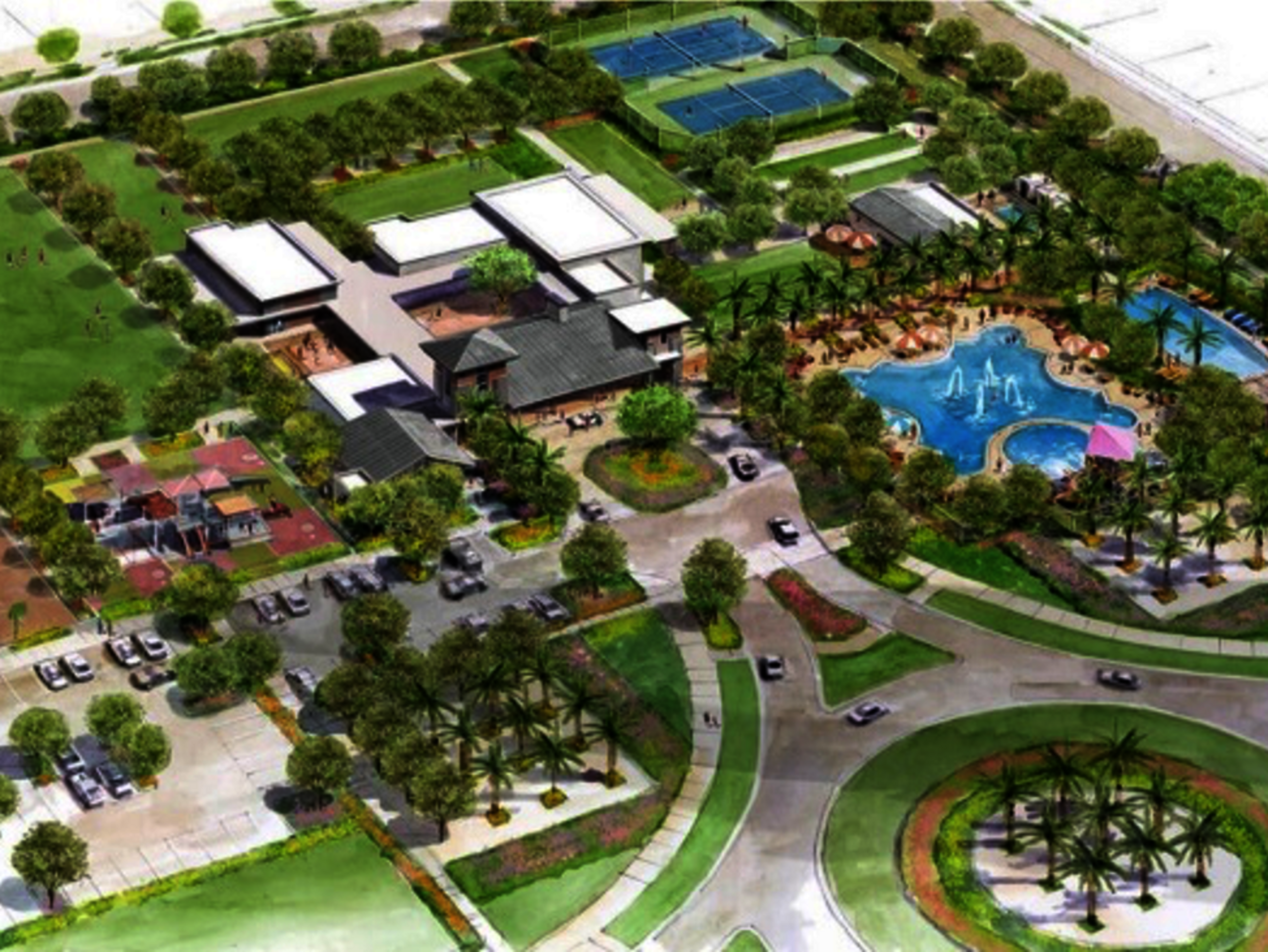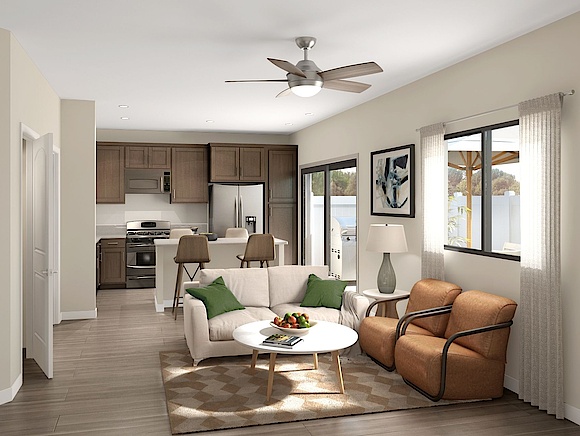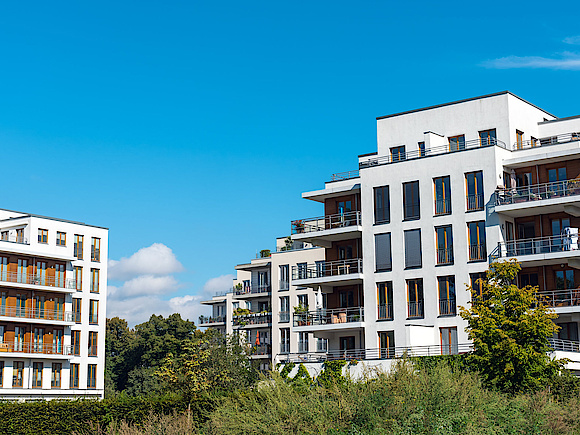
Build-to-Rent – Demand Drives Rents
Autor
Thomas M. Baur

Blogbeitrag
Build-to-Rent – Demand Drives Rents
In the last several years homebuying was spurred by historically low mortgage rates that enabled buyers to borrow more with lower monthly payments, creating strong demand and soaring home prices. However, market conditions reversed sharply in 2Q 2022 as the Federal Reserve raised policy rates. As a consequence, the 30-year mortgage rate in the U.S. climbed from its low of 2.8% in late 2021 to 5.5% in mid-July 2022, closer to the 30-year average of 5.7%. That prompted home sales to drop 20% between January and June 2022.
Single-family for-rent (“SFR”) fundamentals remain healthy despite or maybe because of the single-family for-sale market weakening. The deteriorating conditions slowed homebuying, but demand for single-family housing remained robust. Many first-time homebuyers want to maintain the lock-and-leave lifestyle they are used to from renting an apartment but want to enjoy the amenities of a single-family home. This combined with the unaffordability of a down payment to purchase a home, drives them to rent a home. Next to this, demand for single-family homes has other multiple drivers. Some households decided during the pandemic lockdowns to move out of urban areas to suburbs to get more space for children, pets and as a better environment to work from home. Household formation has been robust, as employment growth, stimulus payments and wage growth enabled individuals to form individual households away from family and housemates.
The declining affordability of homeownership and strong demand are still supporting strong rent growth. The SFR rents have tracked a similar double-digit growth path to multifamily in recent years. SFR occupancy rates are even higher than those for multifamily, being at or above 96% every month since late 2020. Given the long-term shortage of single-family homes and the high cost of homeownership, SFR occupancy rates are projected to remain high into the future.
Millennials – with approx. 72 million the largest population cohort in the US – are now entering their 30s and moving into suburban homes to raise families. From 2018 to 2024, millennials in the prime rental cohort of 20‐34 year-olds are expected to increase by 1.6 million people. Reflecting the impact of demographics on demand, household formation has now recovered to long-term average after a prolonged period of “missing” demand post-crisis. However, affordability concerns for first-time homebuyers coupled with shifting preferences away from ownership of goods broadly have supported demand for rental housing.
The Build-to-Rent (“B2R”) segment of single-family housing marries the demographic drivers of traditional SFR and the operational efficiencies of “horizontal multifamily.”
B2R generally consists of two categories, traditional B2R and high-density B2R. The traditional B2R product consists of detached or attached homes on individual plats within a housing community. The units are larger (1,400-2,000 sqft) and target families with children. The high-density B2R contains of typically smaller and highly-efficient plats. These homes generally attract younger professionals, couples without children, empty nesters, and divorcees seeking more privacy versus traditional multifamily. B2R communities generally provide a similar level of services and amenities as multifamily, with the added advantage of having yards, garage and more space.
Conclusion
The single-family industry continues to evolve, and the B2R segment represents an improvement on the traditional rental strategy, providing for a more efficient acquisition structure and efficient management. Importantly, capital markets have recognized the advantages of B2R and financing has become readily available for existing and developing investments.
US real estate
USA Conference
All speakers at the conference are experts for investing in US real estate. They share their insights and forecasts through a series of focused presentations, culminating in a closing panel which discusses opportunities and strategies for investing in the US this year and beyond.
weitere Informationen
Werden Sie FondsNews-Leser!
Fachartikel, Informationen und Nachrichten der institutionellen Immobilienwirtschaft.


